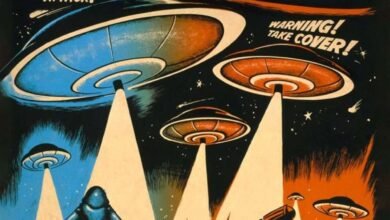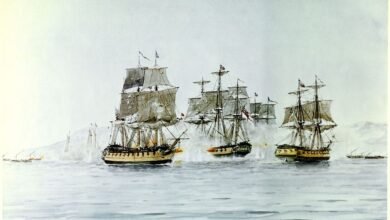Cleopatra’s Needle: From Ancient Egypt to New York City


 In 1880, the obelisk now known as Cleopatra’s Needle arrived in the city of New York from Egypt. New York’s Cleopatra Needle is one of a pair originally made in Heliopolis (modern Cairo) during the New Kingdom period (around 1425 BCE), inscribed by the 18th dynasty pharaoh Thutmose III and 19th dynasty pharaoh Ramesses II.
In 1880, the obelisk now known as Cleopatra’s Needle arrived in the city of New York from Egypt. New York’s Cleopatra Needle is one of a pair originally made in Heliopolis (modern Cairo) during the New Kingdom period (around 1425 BCE), inscribed by the 18th dynasty pharaoh Thutmose III and 19th dynasty pharaoh Ramesses II.
In 13/12 BCE they were moved to the Caesareum of Alexandria by the prefect of Egypt. Since at least the 17th century the obelisks have usually been named in the West after the Ptolemaic Queen Cleopatra VII.
The earliest known post-classical reference to the obelisks was by the Cairo-based traveler Abd al-Latif al-Baghdadi in about 1200.
Both obelisks stood in Alexandria for almost two millennia until they were re-erected in London and New York City.Elbert E. Farman, the then United States Consul General at Cairo, secured the needle as a gift to the United States.

 The 220-ton New York needle was placed in Central Park just outside the Metropolitan Museum of Art’s main building, which had been built in 1872.
The 220-ton New York needle was placed in Central Park just outside the Metropolitan Museum of Art’s main building, which had been built in 1872.
According to local historian Gil Tauber, “It took 37 days just to get from the railroad tracks up the steep hill to 96th Street and Broadway and the entire operation took almost three times as long as its 39-day journey from Alexandria to New York.”
On Wednesday, January 22, 2025, at 6:30 pm, two of the members of the Bloomingdale Neighborhood History Group, Gil Tauber and Jim Mackin, will recount the monument’s back-story and recreate the 112-day trip it took from the Hudson River, up 96th Street and then down to Broadway on its way to its present spot in Central Park.
This event is free and will be preseented online on Zoom. A link to register for the presentation can be found here.
Illustrations, from above: Cleopatra’s Needle as it appeared in Alexandria in 1803 (artist unknown); and Cleopatra’s Needle in Central Park (wikipedia).
Source link





